Setting up the ideal environment for toddlers is more than just filling a room with cute chairs and colorful shelves. It’s about creating a space that encourages independence, sparks creativity, and helps little ones feel confident as they explore. Whether you’re a parent, teacher, or caregiver, choosing the right toddler furniture can make a world of difference. Let’s dive into some key pieces, like Montessori tables, Waldorf furniture, and cozy reading nooks, that can transform any space into a child’s dream room.
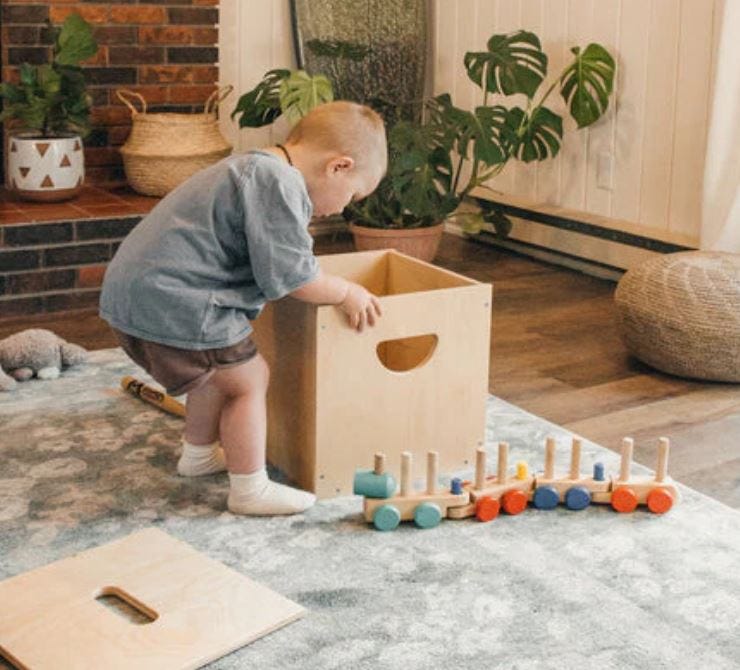
Toddler Furniture: Designed for Little Explorers
Toddlers are naturally curious, and the right furniture can support their adventures. Think low tables, small chairs, and easily accessible small shelves. These pieces allow children to grab their toys, books, or materials without help, making them feel independent. Plus, when everything is at their height, it fosters a sense of control and confidence.
- Child-sized chairs and tables for comfortable seating.
- Low shelves for easy access to toys and books.
- Sturdy and safe materials for everyday use.
In Montessori learning environments, every element is thoughtfully designed to support the principles of independence, exploration, and respect for the child’s natural development. Classroom chairs are no exception. Specifically, we at FernKids aim at making chairs that are in line with the Montessori values such that they give kids spaciousness, enable their movement without any hindrances and also provide comfort within themselves. The article analyzes the advantages and use of classroom chairs from a Montessori perspective and their design features pointing out why they are necessary for a good and inviting atmosphere for learning.
Montessori Tables and Desks: Spaces for Independent Learning

In the world of Montessori, the focus is on child-led learning. Montessori tables and Montessori desks are made to encourage this. These child-sized tables aren’t just for eating or drawing — they’re spots where little ones can explore new ideas, practice skills, and work on projects. A Montessori desk gives them their own special place to focus and feel responsible for their learning.
- Low tables for group activities and art projects.
- Individual desks that offer children a personal space for focused work.
- Furniture that supports self-directed learning and responsibility.
Waldorf Furniture: Embracing Imagination and Nature
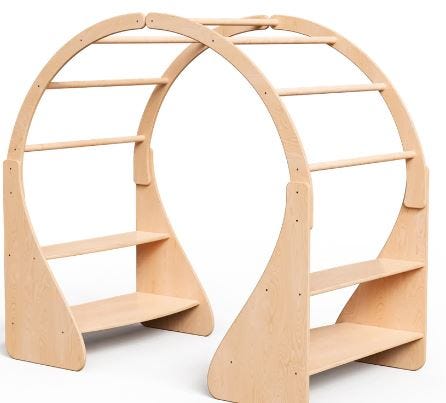
If you want to add a touch of magic to a learning space, Waldorf furniture is the way to go. Known for its use of natural materials and simple, flowing designs, this furniture style supports creative play. Wooden chairs, organic-shaped tables, and other minimalist pieces create a calm, inviting atmosphere that’s perfect for imaginative activities. It’s more than furniture — it’s an invitation for children to dream and create.
Small Shelves: Keeping Things Within Reach
Picture this: a row of low, small shelves filled with toys, books, and activities. The magic here is that everything is within reach for toddlers, encouraging them to make their own choices. These shelves are perfect for organizing toys or learning materials in a way that’s accessible and visually appealing. It’s an easy way to promote responsibility — kids love putting things back where they belong when the shelves are at their level.
Daycare Furniture: Where Fun Meets Function

In a daycare setting, having sturdy, safe, and fun furniture is a must. Daycare furniture often includes soft seating, child-sized tables, and clever storage solutions to keep everything organized. Durable, easy-to-clean materials are key, but so is having a space where children feel excited to play and learn. The right daycare furniture can create an environment where every child feels comfortable exploring the world around them. In a daycare, the right furniture can create a safe, functional, and engaging environment. Daycare furniture is designed to withstand heavy use while offering children fun, stimulating spaces to explore.
- Soft seating areas for comfortable play.
- Child-friendly tables and chairs for group activities.
- Durable, easy-to-clean materials that stand up to active toddlers.
Infant Activity Table: Engaging Little Minds and Hands
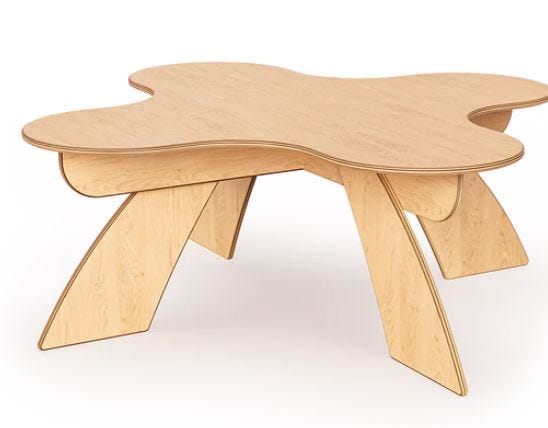
For the littlest learners, an infant activity table offers endless fun. These tables often include interactive elements like textured surfaces, mirrors, or toys that babies can explore. It’s more than just a play spot — it’s a space where they can start developing important motor skills and sensory awareness. Whether in a daycare or home, this table will keep infants entertained while supporting their early development.
Classroom Shelves and Foundation Shelves: Organizing for Success
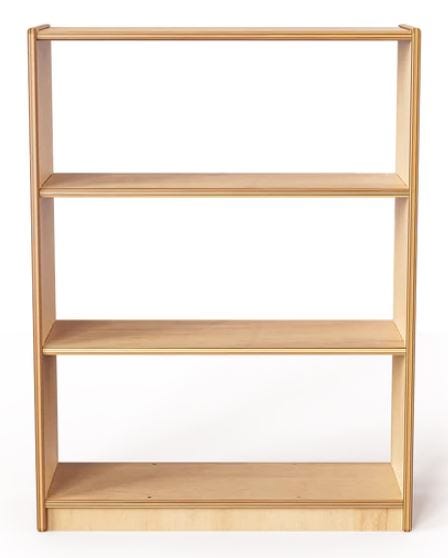
Keeping things tidy is much easier with the right shelving. Classroom shelves are designed to display materials in an inviting, accessible way. When children can see and reach what they need, it fosters independence. Foundation shelves offer a sturdy solution for storing everything from learning tools to art supplies, creating a neat and organized space where kids can find their materials quickly.
Reading Nooks: Cozy Corners for Little Bookworms
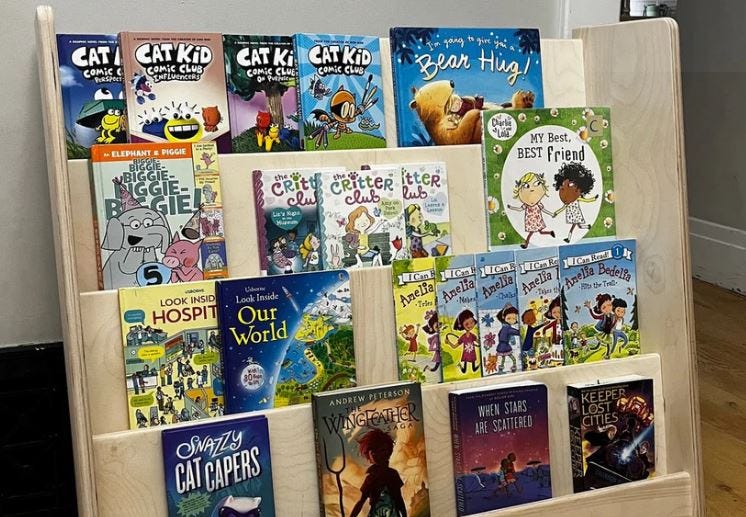
Who doesn’t love a cozy reading corner? A reading nook can become the heart of any room, offering a soft, comfortable space where children can curl up with their favorite books. Throw in a few pillows, some low shelves filled with books, and maybe a small chair, and you’ve got a magical spot that invites kids to dive into stories and develop a love for reading. A dedicated reading nook can make all the difference in encouraging young children to explore books. Cozy, comfortable spaces invite kids to sit down and lose themselves in a story.
- Soft pillows and blankets for added comfort.
- A small chair or beanbag to curl up in while reading.
- Low shelves filled with books to make stories accessible.
Book Display: Showcasing Stories in Style
Books are so much more exciting when their covers are visible. A book display lets you showcase books face-forward, making them more appealing and easy to grab. Instead of being tucked away on a crowded shelf, books become the stars of the room, encouraging little ones to pick one up and explore new worlds through reading.
Conclusion: Creating Spaces for Growth, Play, and Learning
Designing a room for toddlers is all about creating an environment that encourages them to be curious, independent, and imaginative. From Montessori tables that foster self-directed learning to Waldorf furniture that sparks creativity, each piece plays a role in helping children thrive. Whether you’re setting up a daycare, classroom, or home playroom, thoughtful toddler furniture can make all the difference.
The key to success is keeping things accessible, organized, and inviting. With the right mix of small shelves, cozy reading nooks, and smart classroom shelves, you’ll create a space where children can explore and grow at their own pace — one discovery at a time.
